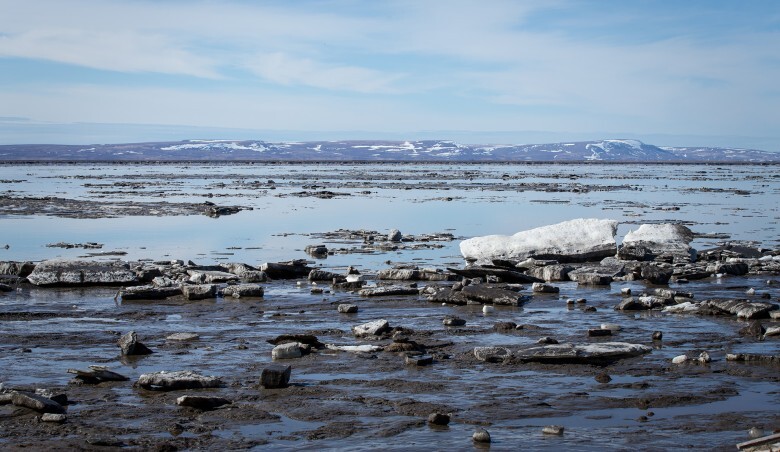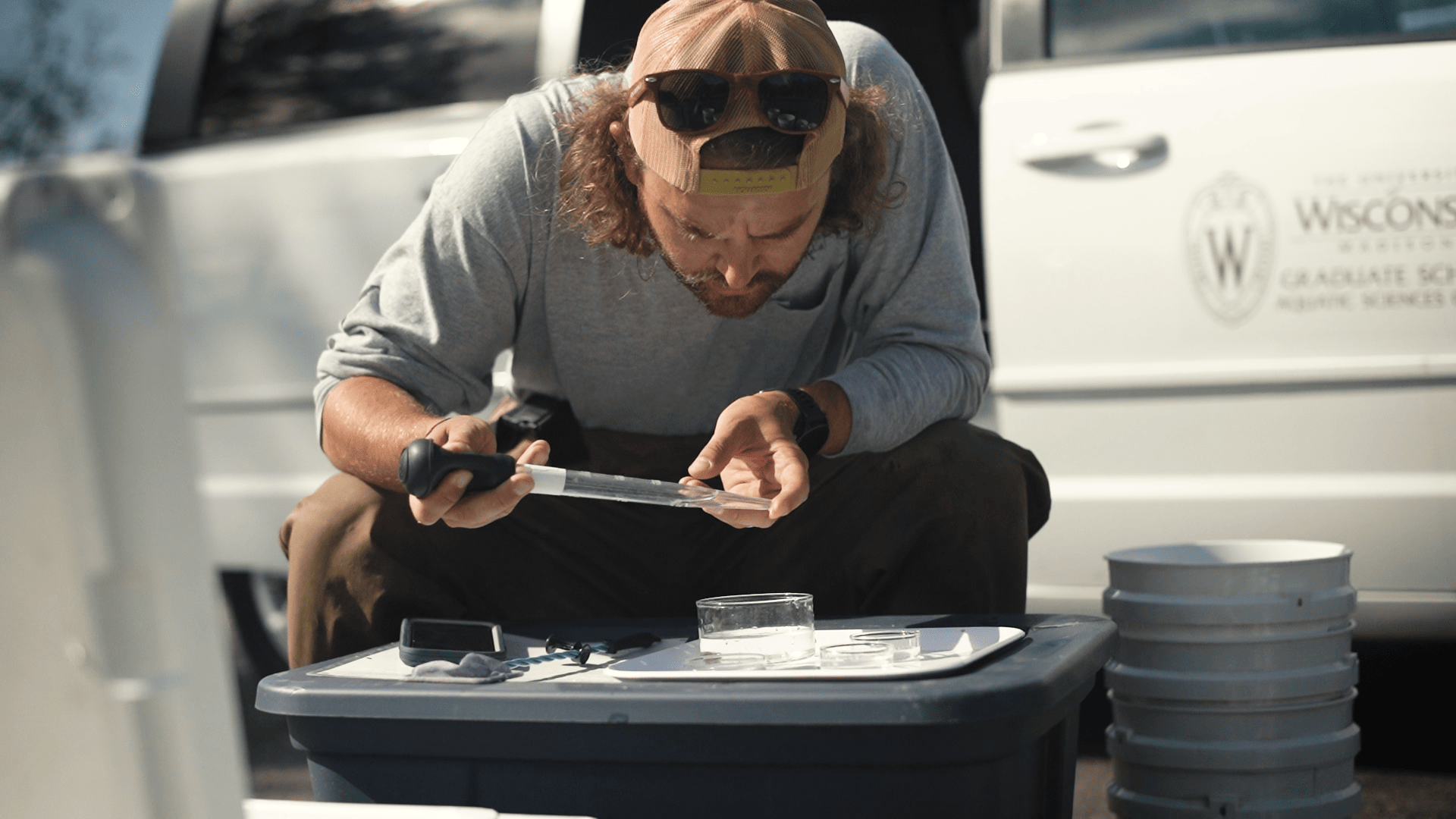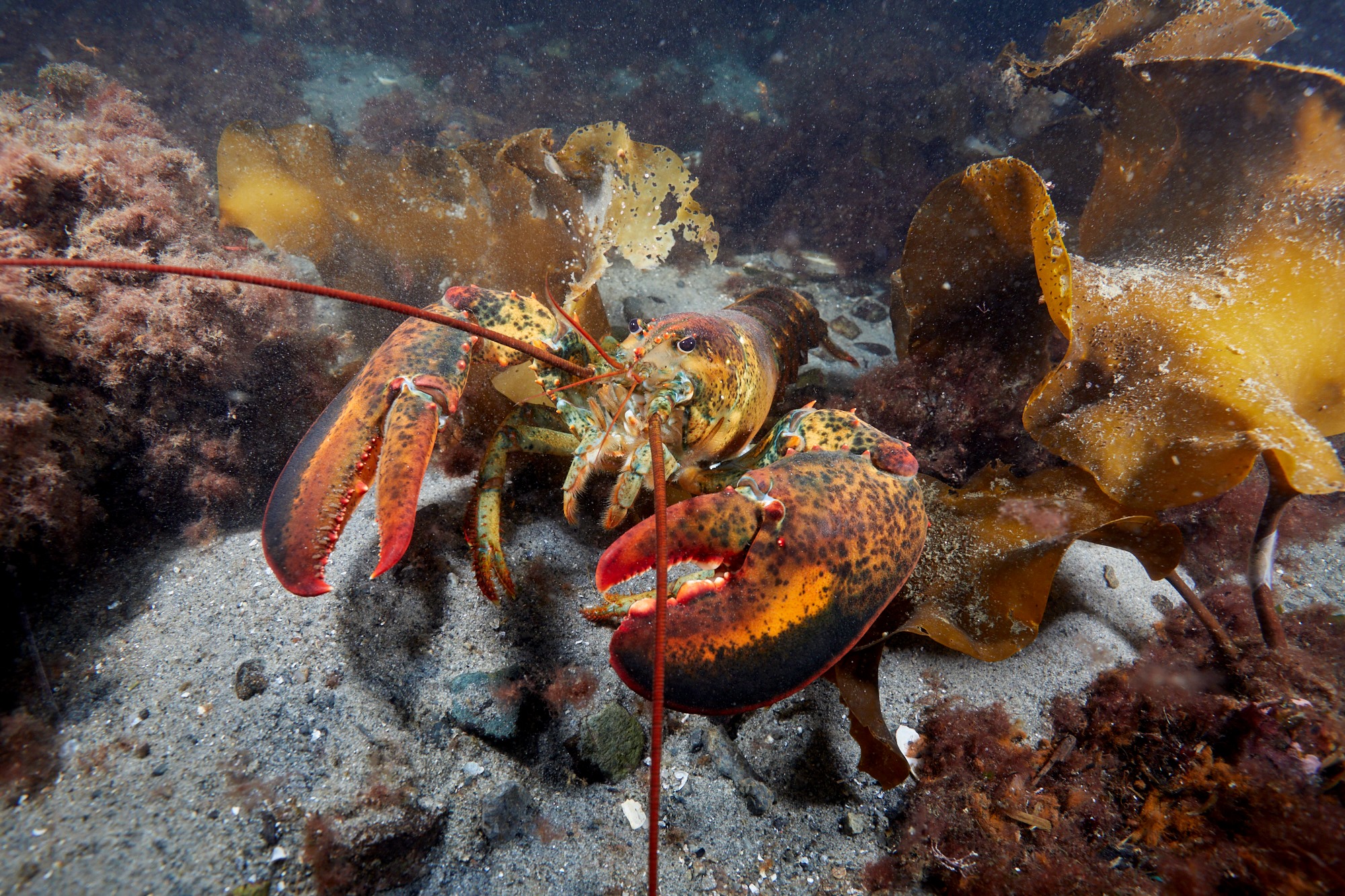A celebration of the program’s 10th anniversary featuring reflections by current staff who kickstarted their careers as Knauss fellows
By: Halle Berger,
Knauss Fellow,
Coastal Stressors Program Coordinator,
NOAA Ocean Acidification Program & National Centers for Coastal Ocean Science Competitive Research Program
Over the past decade, the NOAA Ocean Acidification Program (OAP) has grown through the recruitment of Sea Grant Knauss fellows like myself. Prior to starting the fellowship, my graduate school research was funded by an OAP grant, but it wasn’t until I joined the team that I really learned about all the pieces that make up OAP. In celebration of OAP’s 10th anniversary, I interviewed the former Knauss fellows currently working in OAP to better understand how the program has evolved since its inception.
Ocean acidification refers to the long-term reduction in the ocean’s pH, which has primarily been caused by the uptake of carbon dioxide (CO2) released by human activities (e.g., the combustion of fossil fuels). OAP’s mission is to better prepare society to respond to changing ocean conditions and resources by expanding understanding of ocean acidification, through interdisciplinary collaborations, nationally and internationally. OAP advances our understanding of this growing, global-scale threat by adhering to its core values: transparency, responsiveness, adaptability, collaboration, transdisciplinarity, education and outreach.
Knauss fellows helped shape the program around these core values. Some even decided to stick around after their fellowship year and are still with OAP today! Let’s start at the beginning.
OAP’s foundation in transparency, responsiveness and adaptability
Dwight Gledhill, the OAP Deputy Director, clued me into the humble beginnings of OAP. Gledhill came to NOAA in 2005 as a Knauss fellow with the Coral Reef Watch. During and following his fellowship, he found himself at the center of an emerging storm on ocean acidification and worked with Libby Jewett, then a Program Manager within the NOAA Center for Sponsored Coastal Ocean Research (now named the National Centers for Coastal Ocean Science), on a coordinated strategy to advance our understanding of ocean acidification across the agency.
In 2009, the Federal Ocean Acidification and Research Monitoring Act (FOARAM) passed in Congress and decreed that NOAA establish a program to explore the effects of ocean acidification on ecosystems, societies and economies. OAP was born as Jewett came aboard as the Director and managed to get it off the ground largely solo. About a year later, Gledhill was immensely honored to have her invite him to serve as the Deputy Director, where he’s been ever since!
When I asked how OAP evolved during his time, Gledhill began by describing how surprised he was by the lack of clear internal direction regarding the operation of such a program. However, Jewett’s experience as a Program Manager served them both incredibly well early on. Because OAP was so small initially, it forced them to economize and streamline many of the arduous processes other programs had in place, including grant management.
Erica Ombres, the OAP Program Manager (and my fellowship mentor), helped Gledhill and Jewett streamline such processes after joining OAP as a 2013 Knauss fellow. The fellowship completely altered Ombres’ career trajectory—prior to the fellowship, she wasn’t aware of the breadth of possibilities outside of academia that would allow her to remain close to science and apply her Ph.D. knowledge. Ombres’ Knauss year introduced her to opportunities outside of the “ivory tower”, which she’s very grateful for because she loves how her work has grown with the program. Ombres now manages the program’s competitive grant portfolio as well as the review of all internally funded projects to advance OAP’s mission.
Gledhill and Ombres have truly made a lasting impact on OAP and exemplify the program’s core values of transparency, responsiveness and adaptability.
Collaboration and transdisciplinarity as integral parts of OAP’s growth
OAP’s growth over the past decade can largely be attributed to collaborations across the agency, including with the NOAA National Centers for Coastal Ocean Science (NCCOS), the National Marine Fisheries Service Science Centers, the Coral Reef Conservation Program, and Sea Grant. These collaborations grew quickly due to the remarkable engagement of Jewett, who, to Gledhill’s knowledge, has never turned down a collaboration opportunity.
I learned more about OAP’s recent collaboration with Sea Grant after catching up with Michael Acquafredda, who completed his fellowship in OAP earlier this year and has continued working with the program as a Postdoctoral Researcher. Acquafredda’s favorite part of working for OAP so far has been co-managing a joint funding opportunity with Sea Grant to support academic/industry collaborations that are investigating multi-stressor impacts on shellfish aquaculture. Proposed projects were required to use a co-production of knowledge framework, which is a process by which information is created through the collaboration of shellfish growers and researchers on all aspects of the scientific process, from start to finish. Acquafredda believes that science produces the best outcomes when stakeholders are incorporated from the outset. As such, he is confident that this funding opportunity will not only support high-quality research but also foster closer ties between academic researchers and shellfish growing communities.
A large part of my own portfolio as an OAP fellow includes helping to define a research agenda for ocean acidification and harmful algal blooms in collaboration with the NCCOS Competitive Research Program. This experience allowed me to see firsthand how important collaborations are for building understanding and adaptive capacity to co-occurring coastal stressors. Such efforts demonstrate OAP’s commitment to the core values of collaboration and transdisciplinarity.
Education and outreach promote OAP’s mission
Drawn to the applied nature of science at NOAA, Jennifer Mintz, the OAP Education and Outreach Coordinator, was OAP’s very first Knauss fellow in 2012. At the time, OAP was just a year old, and the needs to help build the program’s foundation varied. Mintz recalls feeling lucky that she was able to have a range of responsibilities as a fellow, including coordinating monitoring efforts and creating educational tools. Mintz continues to work with the program to foster the communication efforts that raise awareness of ocean acidification research and ways we can and are adapting.
The OAP accomplishment Mintz is most proud of is the Education Mini-Grant Program, which funds teams of dedicated and innovative scientists and educators around the country to develop educational tools and products. Given that a decade ago, many hadn’t heard the term ocean acidification, the core values of education and outreach have been key for driving OAP’s mission forward and highlighting the program’s achievements.
Looking ahead
The growth of OAP’s annual budget from around $4 million to now $15.5 million demonstrates the support behind this (no longer) small-scale operation. The processes within OAP that evolved organically over the past 10 years have begun to distill into a finely tuned machine, and now there is a clear vision for the future of the program. Looking ahead, the growing staff, including the Knauss fellows, are actively engaged in making that a reality.
Follow OAP on social media: Twitter, Instagram, Facebook, Youtube


